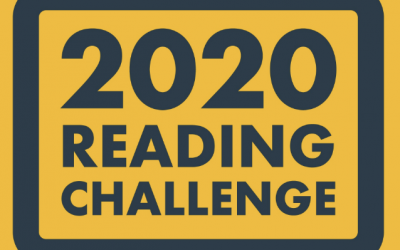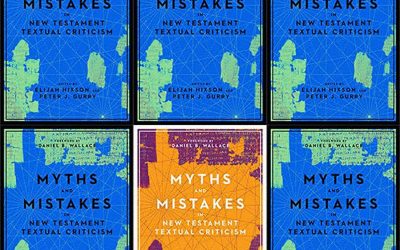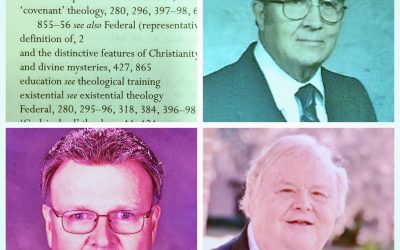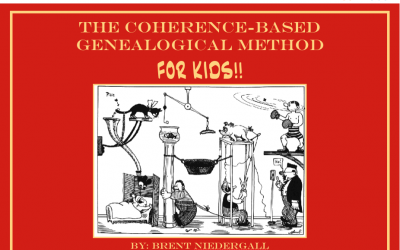A feather in your theological cap.
The personal blog of pastor, grammarian, and runner Brent Niedergall
Consider a Reading Challenge
Tim Challies recently posted a slick 2020 Christian Reading Challenge. It looks like he has worked to refine this over the past few years, and it's a great idea. Reading is an excellent use of time, despite whether or not you're...
Book Review: Myths and Mistakes in New Testament Textual Criticism
Introduction To introduce a book review with another book, when Carlo Levi arrives in a remote Italian town, as recounted in Christ Stopped at Eboli, he finds dismal provisions for the medical care of the townspeople. Although there are two local doctors, neither has...
Thankful for Systematicians
I haven’t seen the hard data to support this, but I get the sense that few pastors continue to spend time reading systematic theology after they graduate from seminary. Maybe I’m wrong. Hopefully so, because reading theology is a valuable use of the pastor’s time. And...
The Simplest Explanation of the Coherence-Based Genealogical Method?
Despite its forbidding name and associated jargon, conceptually, the CBGM is not as complicated as everyone makes it out to be. Essentially, it is all about the direction of flow between readings. The user makes anterior/posterior decisions on all the variants. The CBGM uses the power of computers to incorporate all of those directional decisions and reveal their combined influence on relationships between textual witnesses. You might choose one direction between readings (and the witnesses which contain those readings) in one instance and then choose another direction between readings that reflect a different direction between some of those witnesses. Based on the consistency of the resulting textual flows between witnesses, the user can then make subsequent passes to adjust their textual decisions to harmonize where directions conflict.



